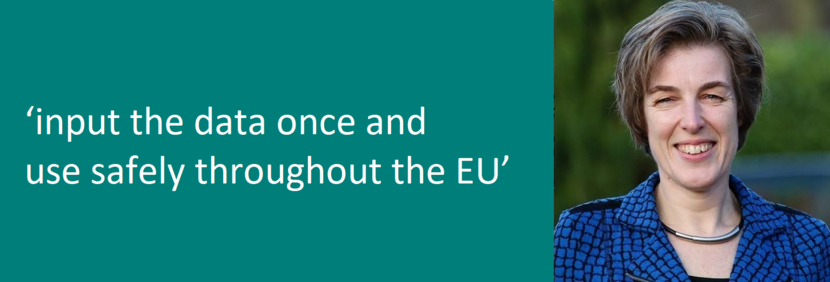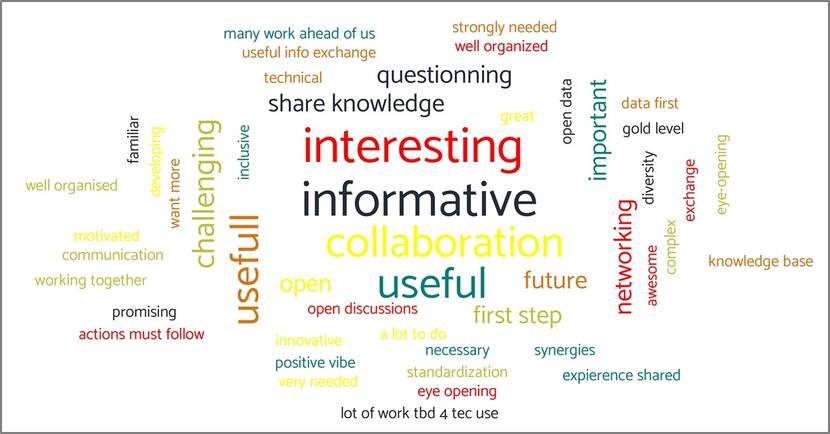Cooperating on Cooperation
In collaboration with the German Federal Office of Consumer Protection and Food Safety, the BVL (Bundesamt für Verbraucherschutz und Lebensmittelsicherheit), the Ctgb arranged a workshop at the beginning of November for the member states, the European Commission and EFSA on the IT architecture in the context of the Plant Protection Products Regulation. The member states used it to allow each other a peek into their organisation and IT environment. The large differences were the first thing to stand out. The competent authorities all use different IT systems – a fact that does not make things easier for applicants. And it’s not possible – in any event at the moment – to link the national IT systems to the European (for example IUCLID, PPPAMS). In addition, this means considerable investment from each member state. This is more than adequate reason to look together at the developments in the IT field needed at the European level.
There has long been a need for a joint vision on IT and cooperation. Arranging this strategic IT workshop was for this reason agreed at the high level meeting of the directors of the competent authorities, European Commission and EFSA and others in December last year. Information technology is the lubricant for our modern society, organisations and business. When assessing the risks of plant protection products, we follow IT and IT developments closely, but we have not to date exchanged our vision and ideas on this in existing EU discussions. Until now. We would like moreover to link up as far as possible to the IT systems of the European Union, EFSA and ECHA.
There was great interest, with more than 60 participants from 19 countries, the European Commission, EFSA and ECHA. National and EU plans were discussed, EFSA and the European Commission set out their IT roadmap, including the IUCLID system for submitting applications for active substances and MRLs, and various member states presented their visions for the IT of the future. The participants conducted a lively discussion on open data, data exchange and desirable developments. Contact has been established, and ideas and visions exchanged. It was clear to all that we aim in the European future towards inputting data just once for subsequent use across the entire EU. To be continued!
Ingrid Becks
Secretary/Director of the Ctgb



